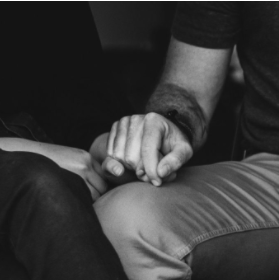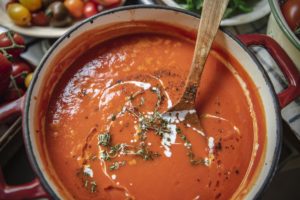
Limited Cafeteria Options

Southern Nevada college students are at risk of weight gain and food-related health problems because of the poor food options being presented to them in the school cafeteria.
With limited healthy meal options in college cafeterias like CSN and UNLV, the convenience of on-campus dining isn’t likely to outweigh a student’s daily calorie intake.
The Charleston CSN campus cafeteria provides diners with limited choices, mainly fried and high-calorie foods. Cheeseburgers, french fries, and even a 1,100-calorie flatbread are popular choices for students. Additionally, the Starbucks in the cafeteria offers many high-calorie caffeinated beverages.
Many students living on or near campus may have purchased meal voucher packages due to limited access to cooking equipment, transportation, and funds to prepare food at home. Students may also have limited access to transportation to shop for groceries or pick up prepared foods, making it more convenient to eat in the college cafeteria.
Brooklyn Tanner, a student at UNLV, finds it much easier to eat lunch on campus between classes vs. driving home or picking up take-out. Unfortunately, Tanner doesn’t have time to consider how healthy she’s eating daily.
Consumption Habits
According to Sage Journals, “In the USA, undergraduate students gain more weight in the first year of college than at any other point in their lives.” A CSN full-time student may easily dine in the campus cafeteria two to three times daily up to five days a week, in addition to buying coffee and snacks. With limited options, this proves it could be difficult for students to maintain a healthy diet.
In 2019 The New York Times found that more than 70% of college students surveyed confessed to eating fast food at least once a day. In addition, Foodservicedirector.com discovered that snacks were the most popular thing students consumed in the cafeteria.
Many Americans are under the misconception that the average adult requires an intake of 2,000 calories per day. Yet recent studies show that people may need to intake significantly less, depending on their daily exercise level. In addition, Bestcolleges.com states, “unhealthy eating in college can lead to lower grades, illness, fatigue, and other adverse side effects. An unhealthy diet is to blame for many preventable diseases and health problems that need to be addressed through eating habits.
(Article continues after the ad)
Please follow our fantastic site sponsors! They make content like this possible! 🙂
What Students Are Saying
Not everyone enrolled at CSN is eating on campus. CSN student Johnathan Bernardo says, “I’m actually never at the school long enough to go eat at the cafeteria. I make sure to eat at home before going to class and always bring water with me to get me through class time.”
Mikayla Lynne Tuzon, a current CSN attendee, has never eaten on campus for her own personal reasons. However, Tuzon said, “I feel that it should be an obligation to provide healthy food options not only so it allows students to stay within the normal daily intake guidelines, but so it also allows for students with dietary restrictions to enjoy food at the college cafeteria.”
Former CSN student Brooklyn Tanner, who now attends UNLV, eats in the cafeteria almost every day and has no shame when admitting, “I hate the healthier options.” She enjoys the cafeteria food and is a self-proclaimed “picky eater.” The cafeteria at UNLV is an “all-you-care-to-eat-extravaganza!” with fast food options such as Panda Express, Steak n Shake, and Taco Bell.
Without the demand for healthier foods in Nevada college campus cafeterias, nutrition-related health issues will continue. Colleges like CSN and UNLV, and students alike, need to dedicate themselves to the awareness of the foods they’re serving and consuming to promote the health of our country’s youth.
Thank you to our Patreon ‘Cultivator’ supporters who help make content like this possible!
This article was supported by the following Patron(s): Crystal Gropp



